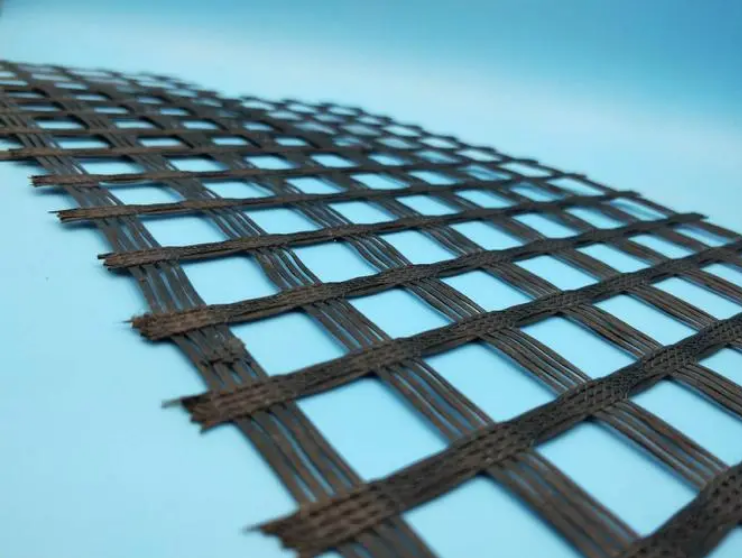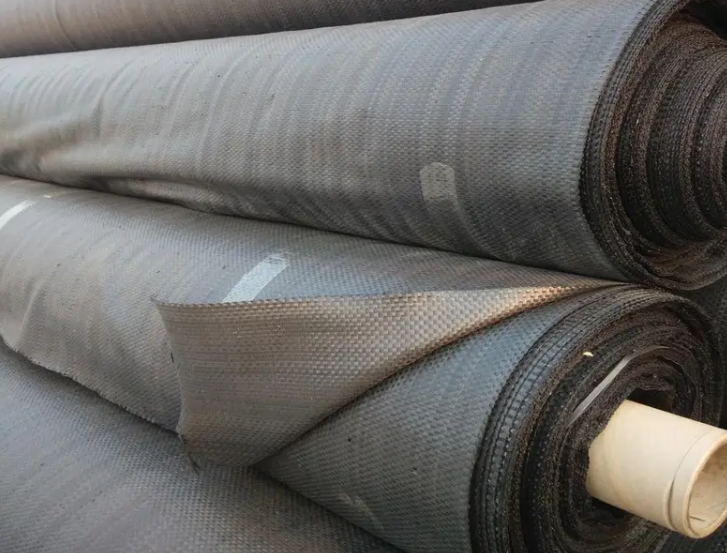- Understanding the Role of Geomembrane Liners in Waste Management
- Innovations in Geomembrane Liners for Water Management
- Geomembrane Liners: A Comprehensive Guide
- The Future of Geomembrane Liners in Civil Engineering
- Geomembrane Liners: Enhancing Landfill Stability
Manager:
WhatsApp:+86 177 0135 2670
Tel:+86 177 0135 2670
Email:marketing@okorder.com
Address:3rd Floor, No.2 Building, No.1 Sanlihe Road
Using geogrid and geotextile layer to improve subgrade strength tamarisk
The roadbed is the foundation of the road structure. The strong and stable roadbed provides an important guarantee for the road structure to withstand the vehicle load for a long time. In road construction, natural soil serves as the foundation of the road surface, and sometimes filled soil is needed to meet the design requirements of the vertical direction of the roadbed. As a kind of highly plastic clay soil, expansive soil will undergo great changes when exposed to water. Its main characteristics are fissure, expansion and contraction, and over-consolidation. The specific manifestation is as follows: when the moisture content increases, the expansive soil expands or shrinks, and the strength will also change.

As the number of dry-wet cycles changes, the strength decreases significantly. Therefore, in actual engineering, when expansive soil is used as a roadbed, more serious road accident problems will often occur, such as cracking and bulging of the road surface, which will cause damage to adjacent embankments and roadbeds, as well as side slopes. Problems such as reduced stability. The bearing ratio CBR is an indicator of the strength of subgrade soil and pavement materials. It is also a key consideration in the design of flexible pavement and plays a positive role in the construction of the entire highway project. The bearing capacity is characterized by the material's ability to resist indentation deformation under local loads, and the bearing capacity of standard gravel is used as the standard, and the CBR value is expressed as a percentage of the relative value. Because the CBR test method is simple and the equipment is low-cost, it is widely used in many countries.
When expansive soil is used as a roadbed filling material, due to its poor strength and low CBR value, the properties of expansive soil are crucial when used as a roadbed filling material. These problems can be solved using land improvement technologies such as mechanical modification, chemical blending, hydraulic modification and reinforcement.
The increase in soil shear strength makes the roadbed more stable under loading conditions. As soil stability increases, the soil's bearing capacity also increases. In the case of clay as the road base, people are often more inclined to replace the road base, but this method is feasible for small areas, but not possible in the case of longer roads.
Proper subgrade stabilization enables flexible pavements to have long-term stable performance, thereby increasing the design life of flexible pavements. In the new era, the rapid development of the polymer chemical industry has promoted the emergence of various types of synthetic fibers, including vinyl fibers, polyamide fibers, etc. Compared with man-made fibers, these fibers have unparalleled superiority and practicality.
They are an ideal engineering material and are gradually accepted by various engineering units. Its mechanism of action is as follows: a composite made of geosynthetic materials of a certain strength is laid in a soft soil foundation. Its mechanical properties depend on the interface characteristics of the geosynthetic material on the one hand, and on the material properties and soil properties on the other hand. In addition, geosynthetic materials have a lateral limiting effect on soft soil foundations, which means that soft soil and geosynthetic materials can improve the soil's ability to withstand tensile deformation during the stress transmission process.

These fiber geosynthetic reinforcement technologies are one of the methods currently used to reinforce roadbed soil. Geotextiles and geogrids are two forms of geosynthetic materials. Geotextiles are divided into woven geotextiles and nonwoven geotextiles. They can be made of natural fibers or synthetic fibers, such as polypropylene, polyester, polyethylene, and polyamide. . These geosynthetic materials not only strengthen the soil, but also have functions such as separation, filtration, drainage, and sealing. In addition, geosynthetic materials will increase the friction angle of the soil due to their own tensile capacity and bear the tensile load.
- Previous:Geogrid reinforcement technology
- Next:Construction Technology of Reinforced Earth Retaining Wall of Expressway Geogrids






